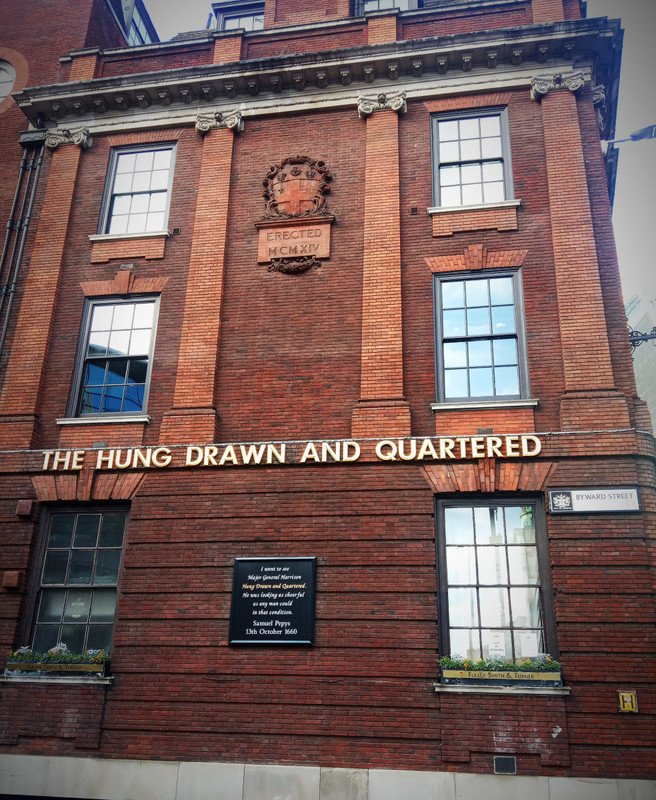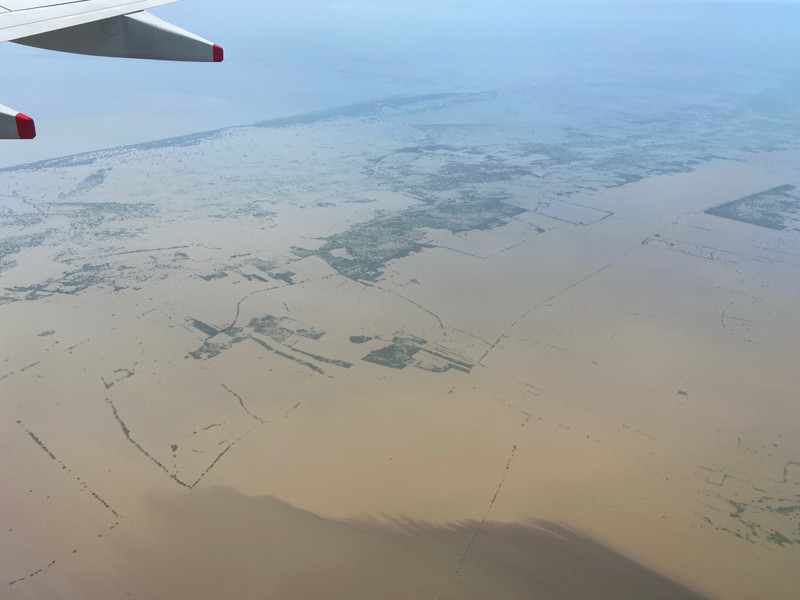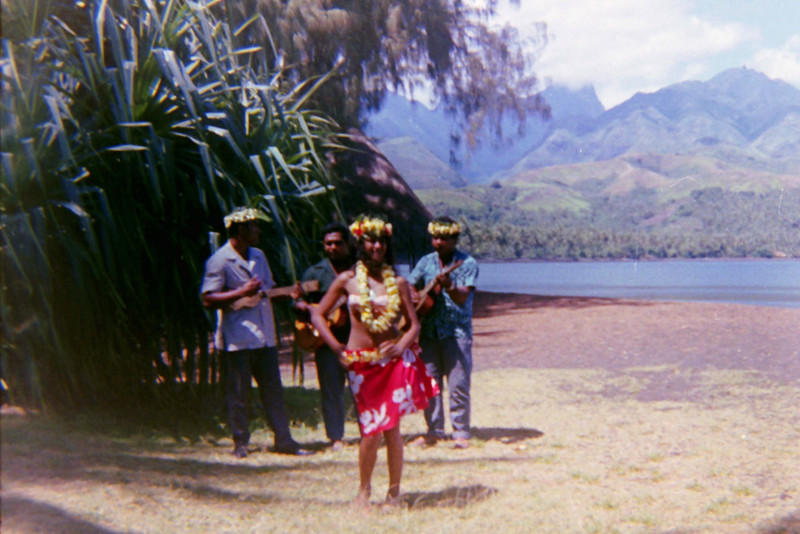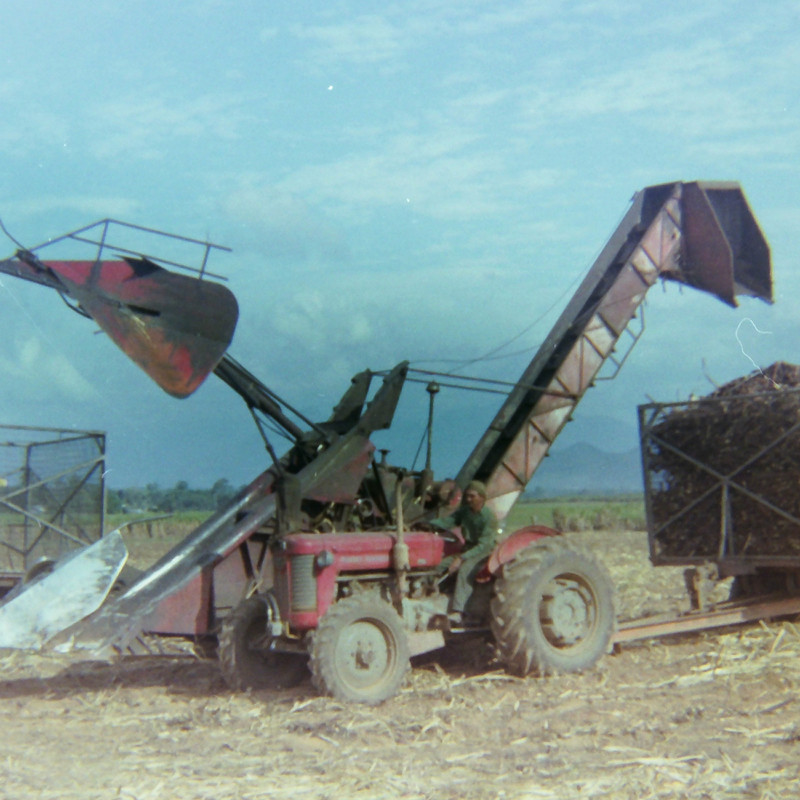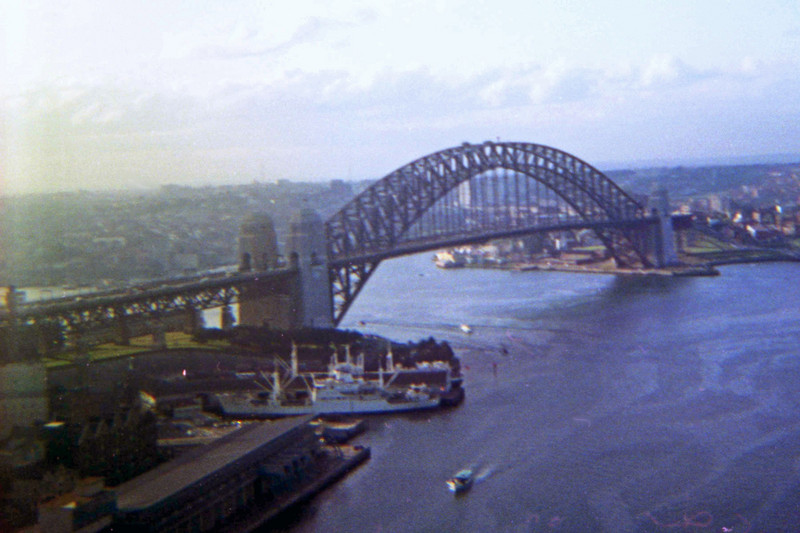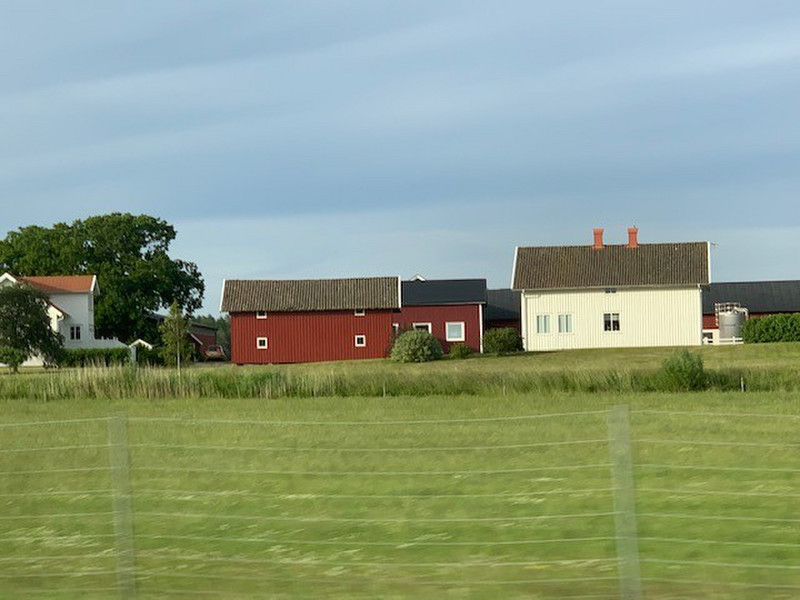Travelling in the time of Covid was not something I really wanted to do, but needs (and work) must. Leaving my Tier 3 area, with decreasing levels of Covid, to travel to London as it was announced that they would be heading into Tier 3, due to their rapidly rising rates of infection, didnt feel like the safest idea. One the plus side the train down to London was very empty. I love that LNER to social distancing and that train fares were not extortionate, despite them selling few seats. The journey was smooth, no delays and I arrived on time. It was a short walk to the hostel I was staying at. Another perk of travelling in the time of Covid getting a private room in a hostel in London for next to nothing. I was lucky, too, as they were closing the next day for at least two weeks, I presume it is until London leaves the evil Tier 3.
Doing my bit to stay safe saw me avoiding the tube and I was happy it wasnt raining as I had quite a walk to my appointment. Once all the work stuff was out of the
way, I had a couple of hours to wander around London. I headed down towards the River Thames. There were a few people about, but it wasnt too busy. Before reaching the river, I turned along Great Tower Street to reach the Tower of London. I passed a pub called Hung Drawn and Quartered, which gave me a chuckle. To be hung, drawn and quartered was the penalty given to men convicted of high treason from 1352 until 1870. Women were burnt at the stake instead. There is a quote on the side of the building from Samuel Pepys in the 17th century as he watched Major General Harrison being hung drawn and quartered and how cheerful he looked under the circumstances.
Crossing the street, I came to the Malta George Cross Memorial. This war memorial was unveiled in 2005 the Siege of Malta during World War II. The Siege of Malta was a military campaign that took place in the Mediterranean Theatre from June 1940 to November 1942. The island of Malta, which was British colony at the time, was strategically important in the war and the locals, the RAF and Royal Navy fought against Italy
and Germany for control. If Malta fell, then so would North Africa. It was interesting to read as I knew nothing about the importance of Malta in WWII. Next to the memorial was the Anglican church, All It is claimed to be the oldest church in London as it was founded in or around 675 AD, however this claim cannot be supported. The church survived the Great Fire of London in 1666 and was damaged by the Blitz but reconstructed in the 1950s.
Continuing on, I came to the Tower of London. You cant get too close as there is an empty moat around it, but there is a nice path at the top of the moat to walk around. There were a few other people walking around and some people jogging. The Tower of London is made up of different parts. The White Tower was built first in the 11th century and the other parts were added later, before being rebuilt in the 13th century and then later the wharf was extended in the 14th century. It was founded by William the Conqueror during the Norman Conquest of England. It played an importance role in history as
whoever controls the Tower generally controls England. It has had many uses over the years. It has been a treasury, armoury, menagerie, public records office, home to the Crown Jewels and the Royal Mint, and a prison. Many people have been executed on Tower Hill, which lies to the north. The building is, to me, pretty iconic and it was nice to see it up close. I also liked the contrast of the old stone walls to the modern glass buildings near and far. I really wish Id had time to go in and take a proper look around, but that is saved for the future.
I decided instead of doing the whole circuit around the perimeter of the castle, I would head over Tower Bridge instead. The first thing that struck me, before getting onto the bridge proper, was the railing, which had a coat of arms of the English flag on it and a knights visor above it.
Travelmates near
